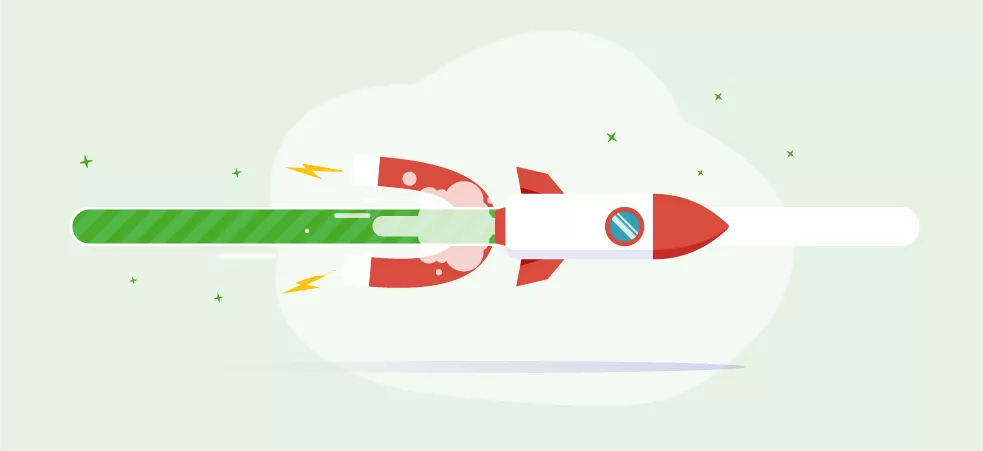
What Types of Advertising Are There and What Are They Used For?
There are different types of advertising and you can use them in multiple ways.
Many advertisers use media in two parts: online (digital) and offline (traditional).
This is because consumers are constantly moving between the two and they reinforce each other.
It is clear that advertising is broad and multi-faceted.
However, an advertiser uses different techniques to raise awareness and increase attention for their brand. However, there are 3 types of advertising:
- ATL: Above the line
- BTL: Below the line
- TTL: Through the line
Let's start with ATL.
"Above the line" refers to promotional activities carried out at the macro level.
It is done on a national, regional or larger territory level and the mass audience is covered in this type of promotion.
A brand image is created about the company and its product.
Media such as television, cinema, radio, newspapers and magazines are used to create an impact about the company and your product.
It is the most conventional type of advertising in nature.
BTL abbreviation of "Below the line".
It is unconventional in nature, done at the micro level and part of non-media communication.
Measures include direct mail, distribution of flyers, brochures and the use of sponsorship, public relations, telemarketing and point of sale. Interestingly, the terms ATL and BTL come from Procter & Gamble in 1954 where the management differentiated the payments of advertising agencies from those who carried out different promotional activities.
Today, ATL is used for branding, thus adapting to a mass audience.
Whereas BTL is used to build loyalty and is targeted at an individual level according to your needs and preferences.
ATL advertising is difficult to measure whereas BTL is measurable in terms of sales and feedback and gives marketers data on ROI.
And then we have TTL.
"Across the line" refers to a strategic approach that allows brands to engage with a customer at multiple points.
For example: the customer will see your ad on TV, hear it on the radio and receive a flyer on a street corner.
This allows for an integrated communication approach, with consistent messaging, across multiple media creating customer insight.
Today, companies use this integrated approach that includes both ATL and BTL, allowing brands to engage with their customers at multiple points and create a strong perception of the company and the product.

Each type of advertising should go with its respective strategy.
An outreach strategy is a plan to reach and persuade a customer to buy a product or service.
After knowing the different types of advertising that exist, let's know which strategies can be useful to increase branding, based on the 2 business categories:
1. B2C - Business to Consumer
Cause Marketing
This is a cooperative effort between a for-profit company and a non-profit organisation to promote and mutually benefit from social causes.
Direct Selling
The purpose of direct selling is to market and sell products directly to consumers. For example, catalogue products, marketplaces, etc.
Affinity marketing
Methodology where at least two brands come together to promote and sell a single product or service.
Earned media
Earned media is advertising that is created through efforts other than paid media and can come in various forms: a social media testimonial, word-of-mouth, PPC (pay-per-click), a mention on TV or radio, a newspaper article, etc. These are unsolicited and can only be earned organically.
POP
Known as point-of-sale marketing, it is responsible for selling to those shoppers who are already in a shop and ready to buy.
Product displays, on-pack coupons and other attention-grabbing creative efforts are examples that often influence purchasing decisions in a supermarket.
Internet marketing
Online marketing, email blasts to advertise and drive sales of a particular product or social media postings are examples of leveraging brand presence and promotion.
2. B2B - Business to Business.
Growth Hacking
It is responsible for generating 10% more leads than traditional marketing techniques.
Referral Programmes
Used to describe a systematic approach companies take to encourage customers to tell others about your products or services.
Inbound Marketing
Unlike traditional marketing methods, inbound marketing is about gaining the attention of customers and attracting them to a company's website by producing meaningful content.
Because the messages are relevant and appear in the right place at the right time, inbound invites visitors to purchase a product much more quickly.
Each type of advertising you apply, do it hand in hand with your CRM.
One of the advantages of CRM software is the aggregation of data that reflects the interest of customers/prospects.
So we can analyse the open rate, the click rate, the bounce rate, the conversion rate of an email or SMS campaign.
This is why, thanks to efficy's marketing software solutions, there are no longer any boundaries between marketing and sales teams.
They all share the same information and can really make the most of it.
So your database of existing/potential customers is thoroughly segmented.
You can target them alternately for personalised advertising, marketing campaigns, and your lead generation actions become more effective.
Give it a try!
Learn more about:
- How do loyalty programs work?
- How to Start Your Affiliate Marketing Program
- 7 B2B Marketing Trends You Can’t Miss [2024]
Download now!





